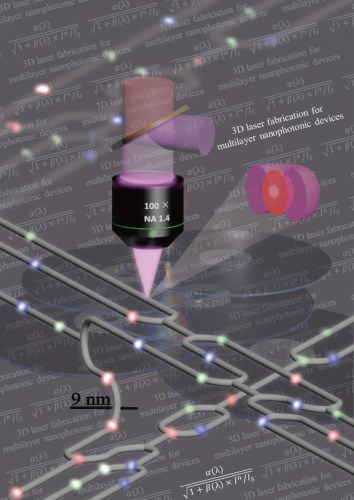
Posted on Tuesday, June 25 2013 @ 12:14 CEST by Thomas De Maesschalck
X-bit Labs
reports researchers at Swinburne University of Technology have developed new optical disc technology that would allow a storage capacity of one petabyte (1024TB) on a single disc. The new technique uses a focal spot that is 1 ten thousandth of a human hair, enabling much more data to be written to a disc.
The team – professor Gu, PhD student Zongsong Gan and Yaoyu Cao from the centre for micro-photonics, and professor Richard Evans from CSIRO – has developed a breakthrough technique that enables three-dimensional optical beam lithography at nine nanometres.
The technique overcomes a fundamental law discovered in 1873 by German scientist Ernst Abbe, who determined that a light beam focused by a lens cannot produce a focal spot smaller than half of the wavelength or 500nm for visible light. This law enabled the development of modern optical microscopy, an indispensable tool in physics, chemistry, material science and biological science. However, this fundamental law also set up a barrier for scientists to access small structures in the nanometre scale.
“Optical beam lithography is the ultimate approach to 3D nanofabrication. However, the diffraction nature of light prevents us from achieving nanometre resolution in a single-beam optical beam lithography system,” said Mr. Gu.

